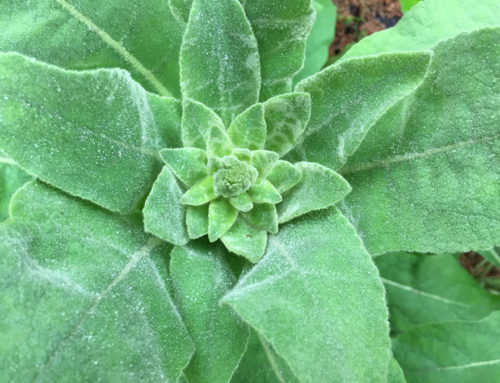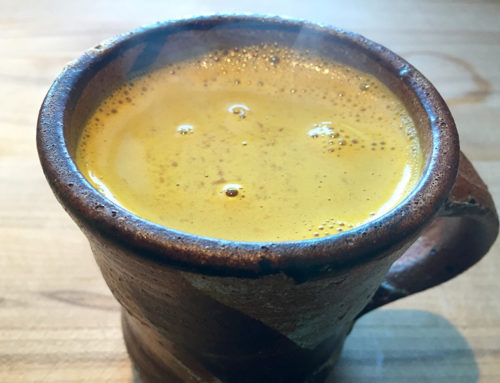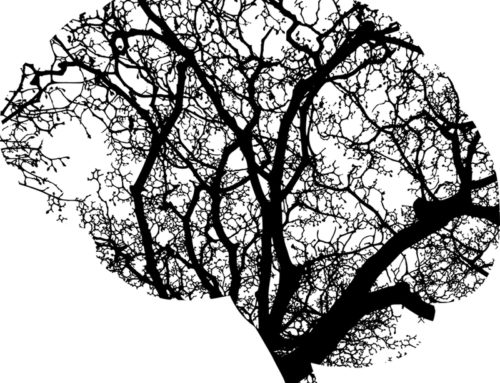It’s no secret – I ❤ tea! I love everything about it from the experience to the accessories. Don’t get me wrong, coffee and I have a serious morning relationship but I can have tea anytime of the day.
Tea is versatile. There are so many different kinds of tea, so many herbal blends to explore. Tea can lift you up and energize you, or it can help you to relax. Tea can be transformed to meet your particular health needs. It can provide nutrients, balance hormones, or heal that urinary tract infection that keeps coming back. Tea can soothe a cough or bring down a fever or ease digestion or lower your blood pressure.
Tea is pretty. There’s a reason there’s a long history of reading tea leaves. Staring into a cup of tea is mesmerizing. Then, there are the accessories. Going through my cupboards, you will find more than one tea set. There’s the traditional Chinese set, including the bamboo box the doubles as drainage and storage. And the pottery cups from Argentina with the wooden handles that have been lashed on. And the mugs. You can never have too many, though I do of course have a favorite. Even the tea balls and reusable tea strainers are beautiful.
open pot of tea, shown from above. flowers are visible through the top opening of the potTea is a ceremony, a ritual of healing. Tea-making is an opportunity for tuning into the present, for connecting with yourself and your senses in order to ground and get the most out of your tea. It’s a way of connecting with herbal medicine that you just don’t get from tablets or capsules or even from a tincture. Tea takes a little time but that is the point. The time it takes waiting for the water to boil or the herbs to steep is time dedicated to healing, quiet time just for you.
I encourage my patients to take the time for making tea. As Muriel Barbery wrote in The Elegance of the Hedgehog, “When tea becomes ritual, it takes its place at the heart of our ability to see greatness in small things.”
In honour of the virtues of tea drinking, here’s my Guided Tea Meditation:
First, just look at the herbs in the bag. Notice their colour and texture and shape. Smell the herbs as you take them out of the bag and prepare for making tea.
Inhale deeply to activate your senses, stimulate your limbic system and anchor yourself with positive memories, associations, and comforts.
Notice how you feel as you breathe in the herbs. Do they wake you up or help you feel more relaxed? Do they help you feel more focused? Do they smell energizing, calming, warming, romantic, woody, earthy, floral, or spicy? Does the smell evoke any emotions or memories?
Hold your cup of tea in your hands and feel the warmth from the cup. Imagine in your mind’s eye the warmth and the scent travelling together to the place in your body that needs the most attention, the most love. Let the tea absorb into those spaces even before you take your first sip.
Then, finally, take a small sip of tea. Notice the taste of the tea on your lips or in your mouth. Take another small sip, tasting the tea as though it is the first time you are trying it. Thank your tea for whatever you wish. Thank yourself for practicing mindfulness.
Take your time. Sip and enjoy!






